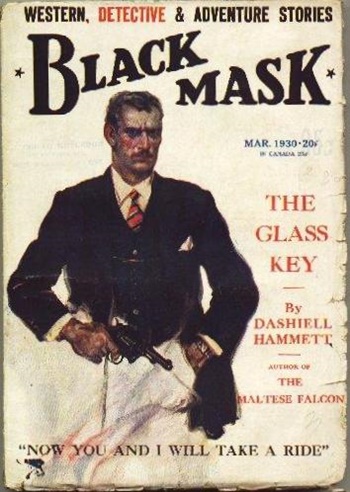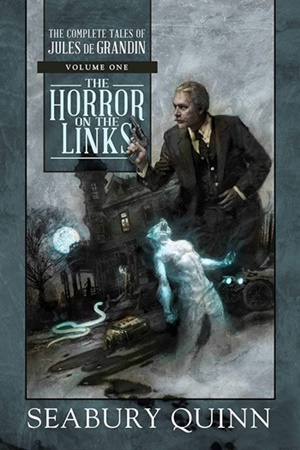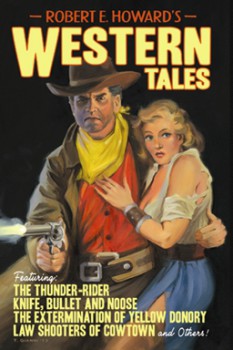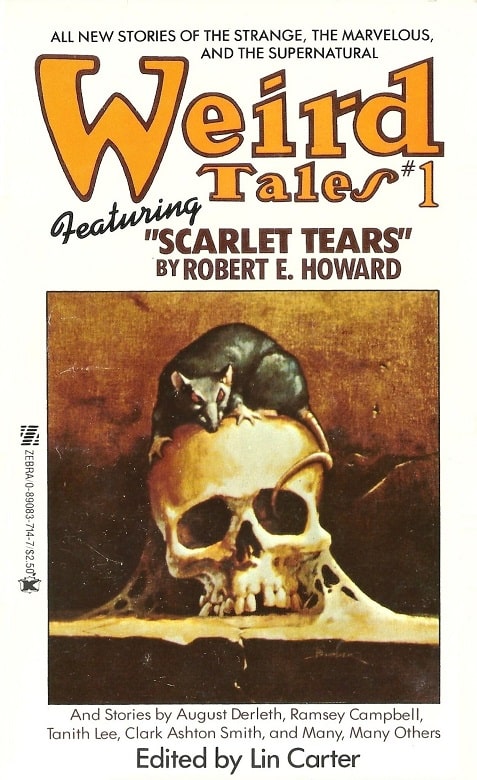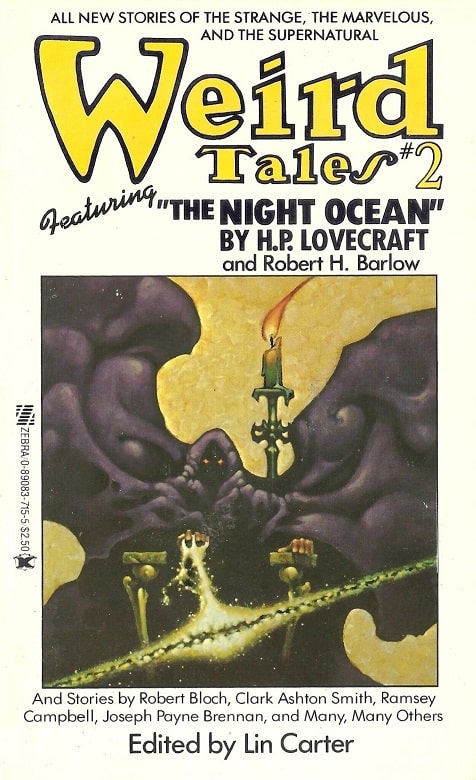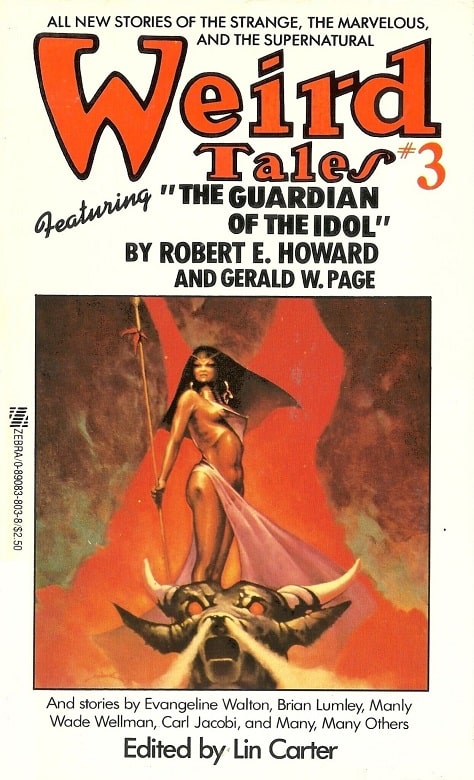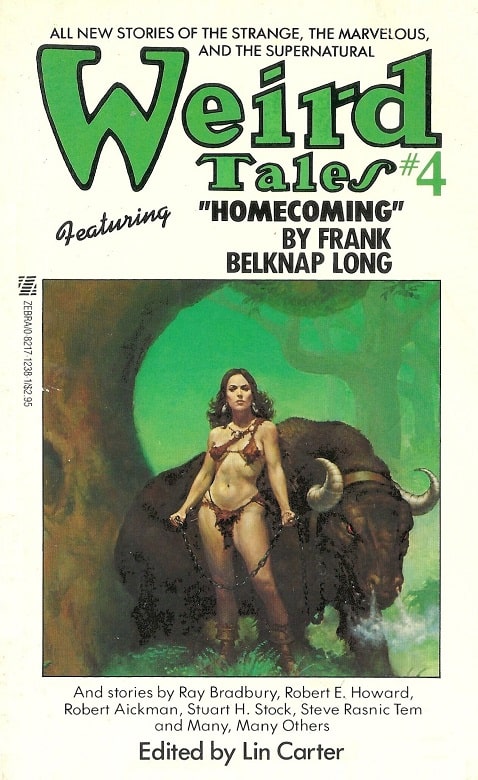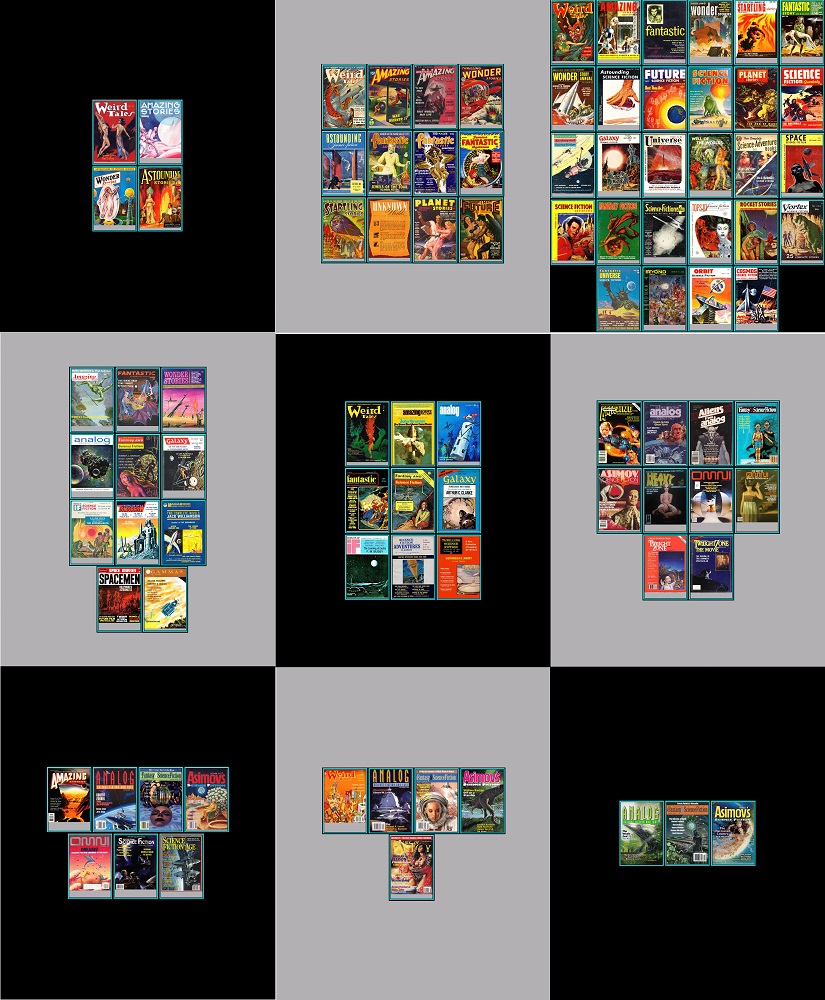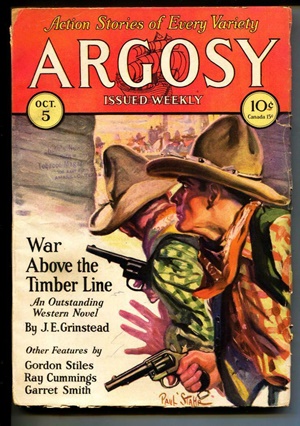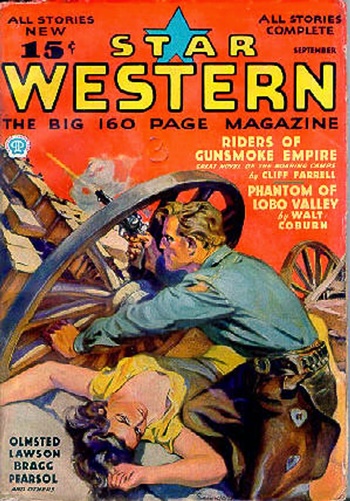A (Black) Gat in the Hand: Paul Bishop on The Fists of Robert E. Howard
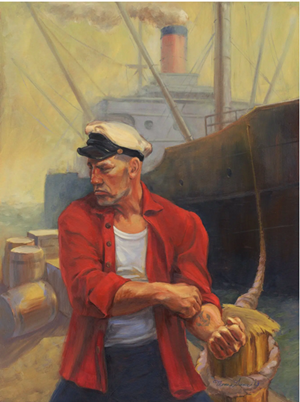 I am currently working on a couple essays. A very positive one about The Caine Mutiny as a book, big screen movie, TV movie, stage play, and radio play. And a friend called the latest Hercule Poirot movie, A Haunting in Venice, “amazingly good.” That’s exactly the opposite of what it is. I’ll be expressing my disappointment with that one soon.
I am currently working on a couple essays. A very positive one about The Caine Mutiny as a book, big screen movie, TV movie, stage play, and radio play. And a friend called the latest Hercule Poirot movie, A Haunting in Venice, “amazingly good.” That’s exactly the opposite of what it is. I’ll be expressing my disappointment with that one soon.
I’ve already re-shared a couple of the excellent Pulp-related essays that were a part of Black Gate’s terrific Discovering Robert E. Howard series. Knowing I was completely unqualified to write one on REH’s boxing stories, I contacted the current czar of boxing fiction, Paul Bishop of Fight Card Books.
Fight Card is a Pulp style series of boxing tales. See what Paul has to say about Howard’s boxing works. And if you get a chance to visit Howard Days in Cross Plains, TX, make sure you attend the boxing lecture at the old ice house, co-hosted by Mark Finn and Chris Gruber. It’s a real highlight.
The minute I stepped ashore from the Sea Girl, merchantman, I had a hunch that there would be trouble. This hunch was caused by seeing some of the crew of the Dauntless. The men on the Dauntless have disliked the Sea Girl’s crew ever since our skipper took their captain to a cleaning on the wharfs of Zanzibar – them being narrow-minded that way. They claimed that the old man had a knuckle-duster on his right, which is ridiculous and a dirty lie. He had it on his left.
~ Robert E. Howard, “The Pit of the Serpent”
Although best known as the creator of Conan the Barbarian, Solomon Kane, and other sword and sorcery characters, Robert E. Howard had a lifelong interest in boxing, attending fights and avidly following the careers of his favorite fighters. Even though as a child he was bookish and intellectual, in his teen years he took up bodybuilding and eventually entered the ring as an amateur boxer.
